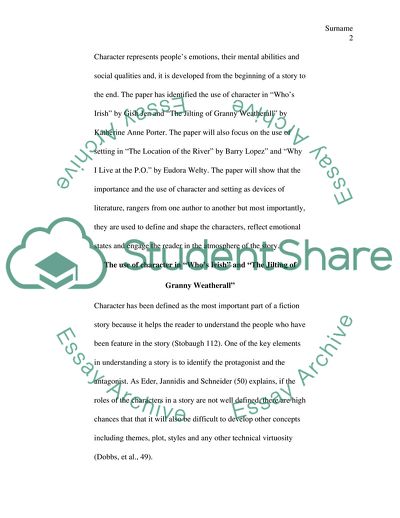Cite this document
(The Use of Character and Setting in Literature Book Report/Review - 12, n.d.)
The Use of Character and Setting in Literature Book Report/Review - 12. Retrieved from https://studentshare.org/literature/1872508-research-paper
The Use of Character and Setting in Literature Book Report/Review - 12. Retrieved from https://studentshare.org/literature/1872508-research-paper
(The Use of Character and Setting in Literature Book Report/Review - 12)
The Use of Character and Setting in Literature Book Report/Review - 12. https://studentshare.org/literature/1872508-research-paper.
The Use of Character and Setting in Literature Book Report/Review - 12. https://studentshare.org/literature/1872508-research-paper.
“The Use of Character and Setting in Literature Book Report/Review - 12”. https://studentshare.org/literature/1872508-research-paper.


